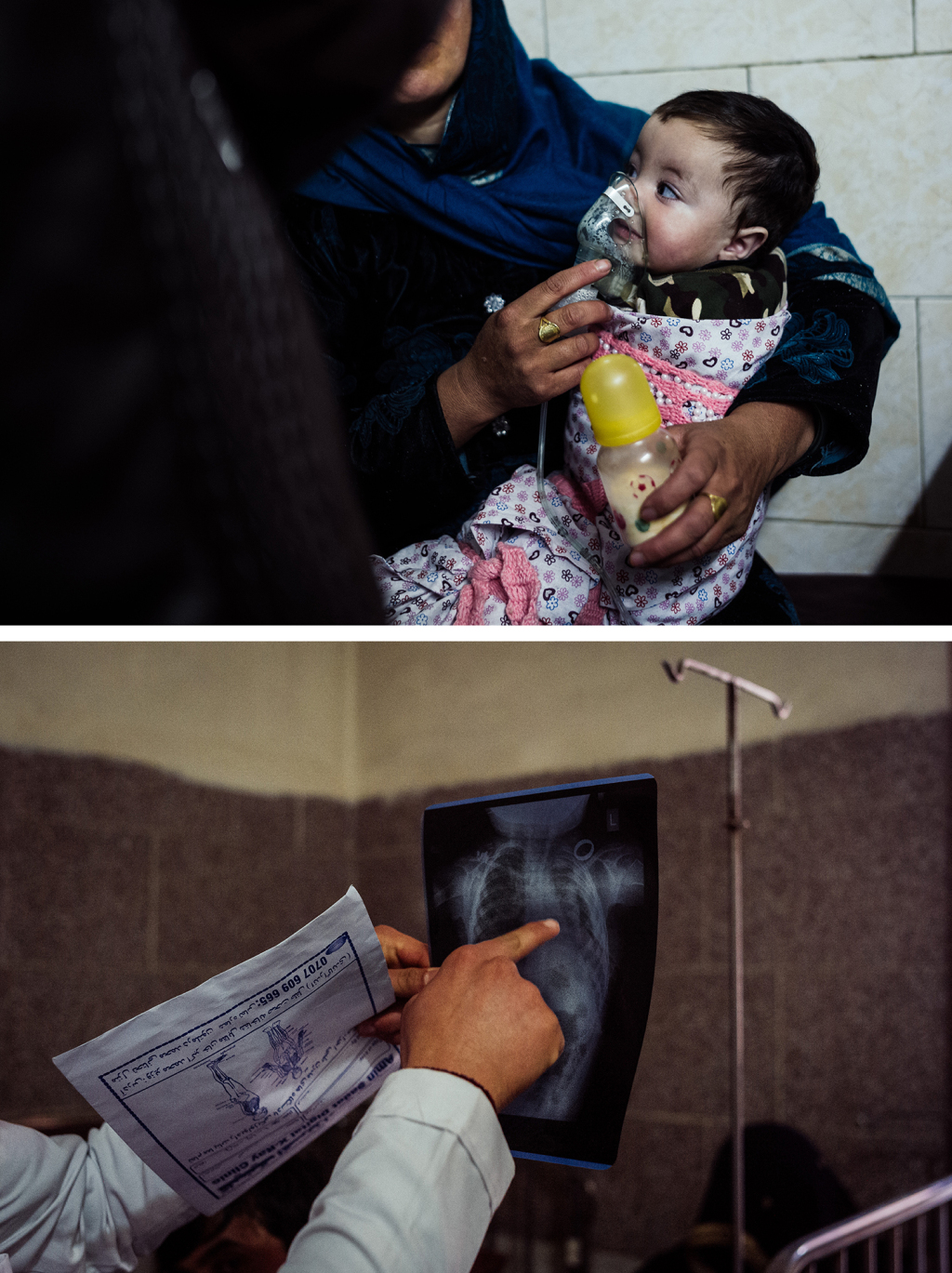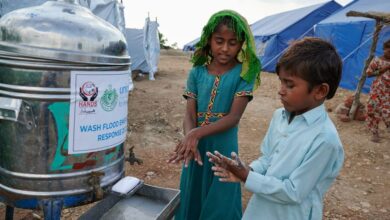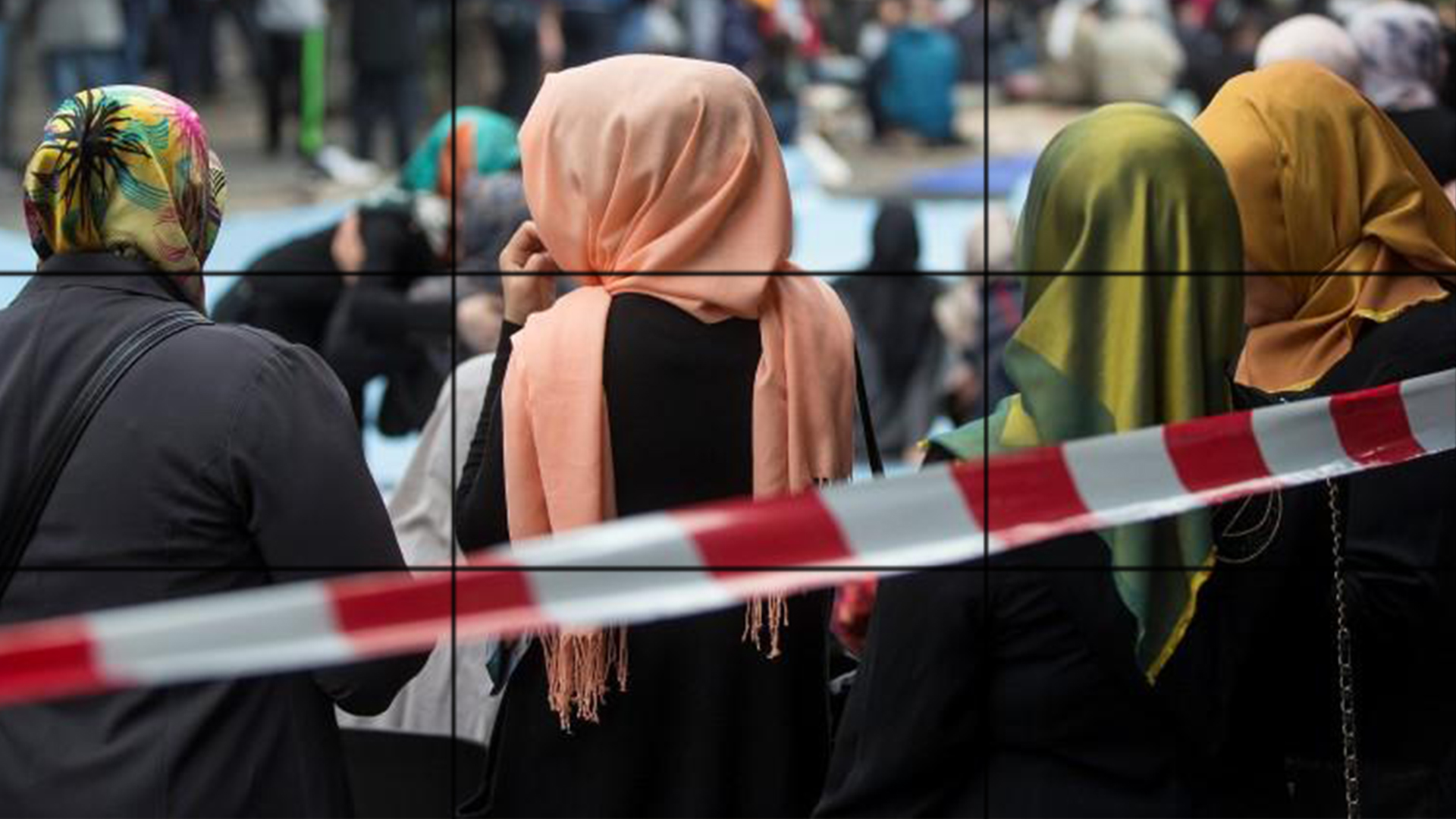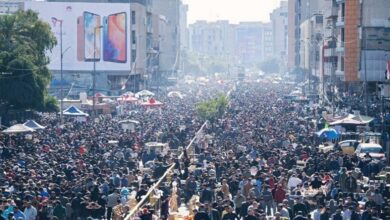Afghanistan’s air pollution is deadlier than its war

The respiratory ward of Kabul’s hospitals are filled with children gasping for breath. During the winter, doctors treat Afghanistan’s vulnerable population for
The respiratory ward of Kabul’s hospitals are filled with children gasping for breath. During the winter, doctors treat Afghanistan’s vulnerable population for chronic respiratory illnesses that they attribute to pollution in the air, a mix of heating from homes and pollution from industrial sources.
Air pollution is killing more Afghans than the war. According to the State of Global Air, a collaborative initiative between the Health Effects Institute and the Institute for Health Metrics and Evaluation, more than 26,000 Afghan deaths could be attributed to pollution in 2017. The United Nations Assistance Mission in Afghanistan documented nearly 3,500 civilian casualties from the war for the same time period.
The root cause is the burning of anything possible to get Afghans the energy and heat they need in harsh winters—including plastic, coal, and rubber. Mixed into that is the use of leaded fuels banned in the West decades ago, as well as waste energy plants and heavy industry.
Power outages are frequent in Kabul during the winter months, making electric heating unreliable and prohibitively expensive. For the majority of Afghan families, coal and wood are the only sources of heat, despite the emissions that result from burning combustibles.






